Good afternoon everyone,
I just bought a house (raised ranch/split) with a finished basement. The previous owners had a propane - gas stove downstairs in the media room which they took with them. It was exhausted out of an existing chimney (which they lined with type b gas vent). I have since taken gas vent out and I am left with a clay lined fly with a cross section (diagonal) of about 9 inches. The chimney itself if approximately 21 feet high.
The pellet stove install will be in the basement which will require 1 T cleanout (Selkirk 4VP-3T), vertical about 18-20 inches, 90 degree bend, horizontal 16-18 inches, horizontal bend and then up the 21 foot chimney which I am going to attempt to line with rigid 4VP-60 (4 sections) and another 2 footer or so. I could have tried the flex pipe, but I am going to try and not do that for now.
I also have build my own brick hearth (since I already cut the carpet). Is 270 degrees of turns too much? I am increasing from 3 inches to 4 inches from instructions. Any suggestions? What pellets work well in this stove (I live in Southern Maine).
Thanks
I just bought a house (raised ranch/split) with a finished basement. The previous owners had a propane - gas stove downstairs in the media room which they took with them. It was exhausted out of an existing chimney (which they lined with type b gas vent). I have since taken gas vent out and I am left with a clay lined fly with a cross section (diagonal) of about 9 inches. The chimney itself if approximately 21 feet high.
The pellet stove install will be in the basement which will require 1 T cleanout (Selkirk 4VP-3T), vertical about 18-20 inches, 90 degree bend, horizontal 16-18 inches, horizontal bend and then up the 21 foot chimney which I am going to attempt to line with rigid 4VP-60 (4 sections) and another 2 footer or so. I could have tried the flex pipe, but I am going to try and not do that for now.
I also have build my own brick hearth (since I already cut the carpet). Is 270 degrees of turns too much? I am increasing from 3 inches to 4 inches from instructions. Any suggestions? What pellets work well in this stove (I live in Southern Maine).
Thanks


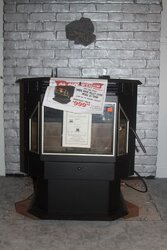
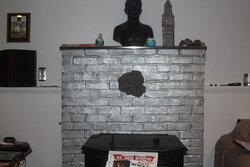
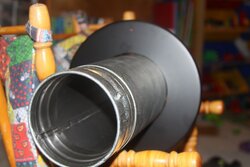
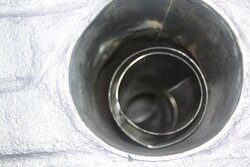
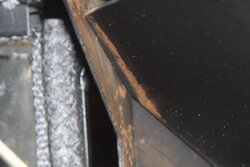
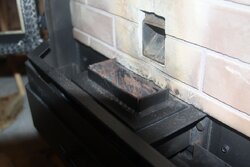
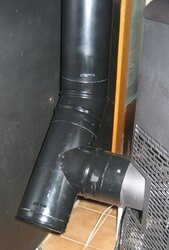
 .
.